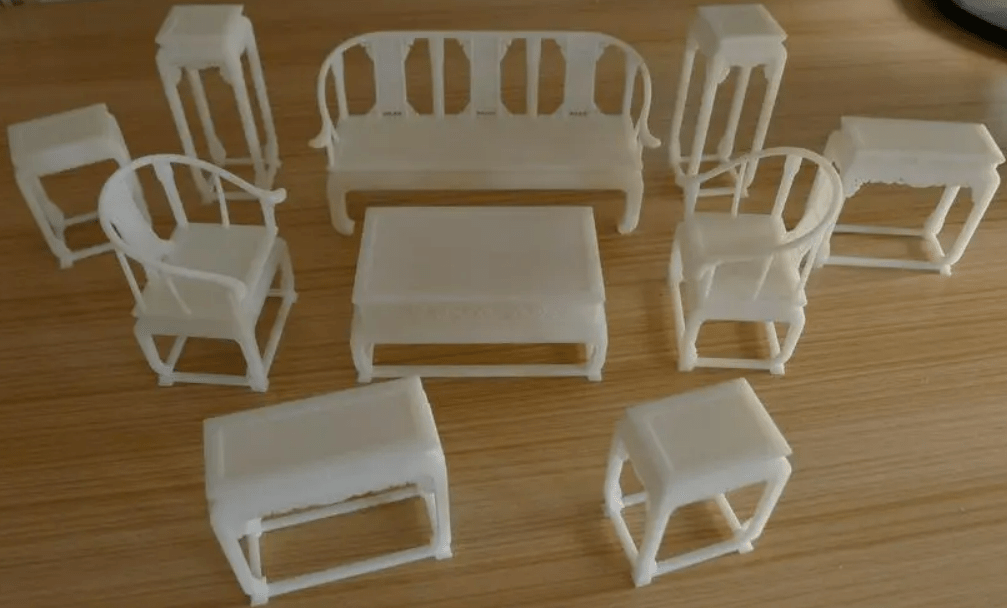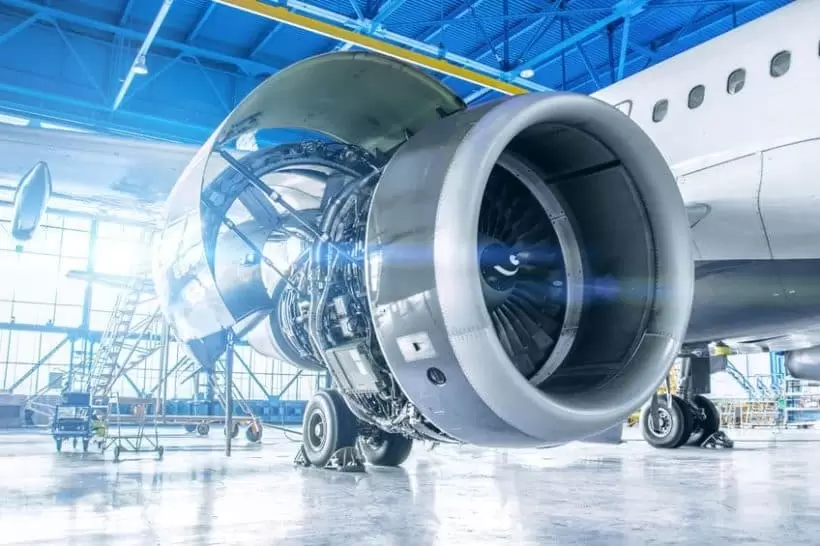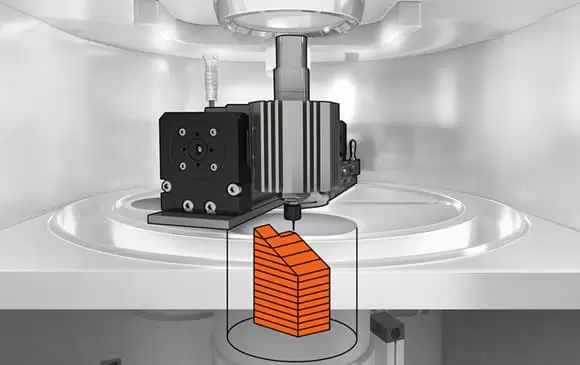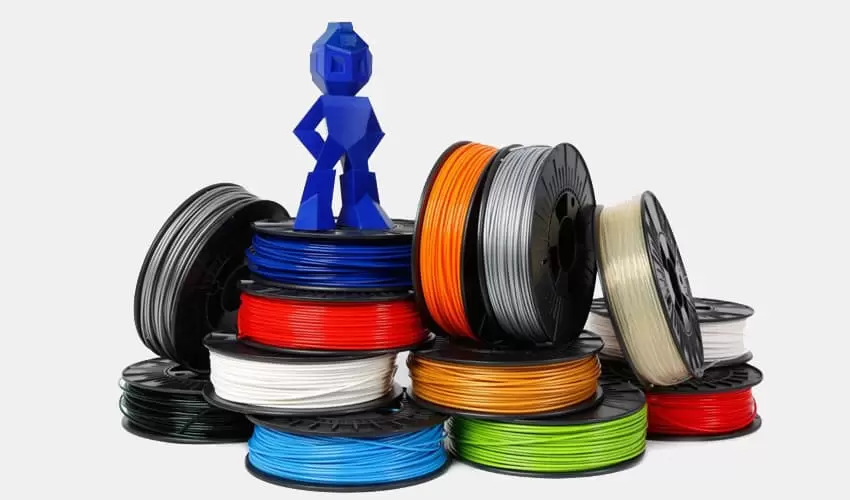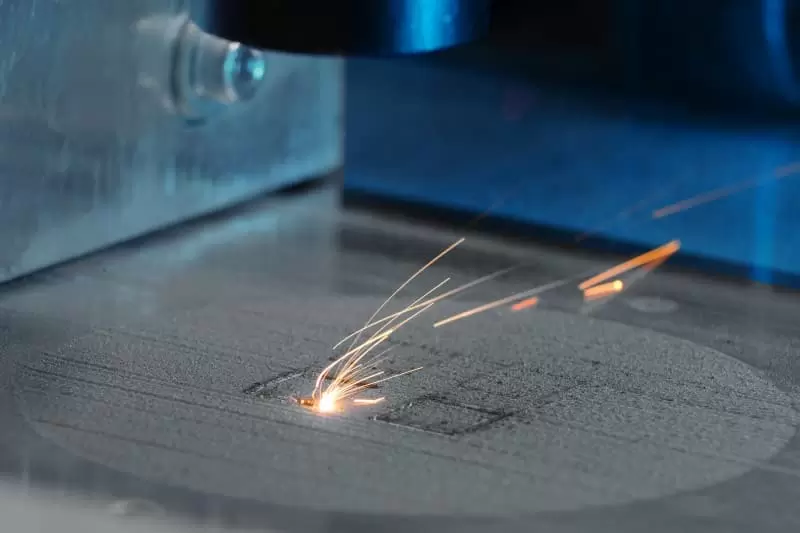This guide demystifies the world of 3D printing, revealing its hidden potential and capabilities. You'll learn the fundamental principles behind 3D printing, how it works, and what materials are available. Discover innovative applications in various industries, including healthcare, manufacturing, and design. With this comprehensive guide, you'll gain a deeper understanding of 3D printing and how to unlock its magic for your own creations.
I. Introduction to 3D Printing
A. What is 3D Printing?
3D printing, or additive manufacturing, is a transformative technology that constructs three-dimensional objects layer by layer from digital models. Unlike traditional manufacturing methods, 3D printing offers unparalleled design freedom, enabling the creation of complex and intricate structures with precision.
B. The History of 3D Printing
The journey of 3D printing began in the 1980s with Chuck Hull's invention of stereolithography (SLA). Since then, the technology has evolved, introducing various techniques such as Fused Deposition Modeling (FDM), Selective Laser Sintering (SLS), and more. This evolution has expanded the applications of 3D printing across industries.
C. The Principles of 3D Printing
At its core, 3D printing relies on the additive process, where successive layers of material are deposited to form a final object. The three key principles include digital design, slicing the model into layers, and the physical layering of materials. These principles empower creators to bring their ideas to life in ways previously unimaginable.
II. Understanding 3D Printing Technology
A. Different Types of 3D Printing
Fused Deposition Modeling (FDM)
FDM is a popular choice for its simplicity, utilizing thermoplastic filaments that are melted and layered to create objects. It is widely used in prototyping and hobbyist applications.
Stereolithography (SLA)
SLA employs a laser to solidify liquid resin, producing highly detailed and accurate prints. It excels in creating intricate designs with smooth surfaces.
Selective Laser Sintering (SLS)
SLS uses a laser to fuse powdered materials, offering versatility with materials like plastics and metals. This technology is known for producing strong and durable objects.
B. Materials for 3D Printing
A diverse range of materials is available for 3D printing, catering to specific applications and industries. From polymers like PLA and ABS to metals such as titanium and aluminum, material selection plays a crucial role in achieving desired properties in the final prints.
C. The Printing Process
The 3D printing process involves several steps, including digital design using CAD software, slicing the model into layers with slicing software, and the actual printing process where the material is deposited layer by layer. Understanding this process is key to unlocking the full potential of 3D printing.
III. Applications of 3D Printing
A. Healthcare Applications
Patient-Specific Implants
3D printing has revolutionized healthcare by enabling the production of patient-specific implants, ensuring a perfect fit and improved patient outcomes.
Bioprinting
Researchers are exploring bioprinting to create living tissues and organs, holding promise for advancements in regenerative medicine and organ transplantation.
B. Manufacturing and Prototyping
Rapid Prototyping
3D printing is widely utilized in manufacturing for rapid prototyping, allowing designers to quickly iterate and test their ideas before full-scale production.
On-Demand Production
The technology facilitates on-demand production, minimizing waste and storage needs by printing items as needed.
C. Architecture and Design
Prototyping Architectural Models
Architects leverage 3D printing to create detailed and accurate architectural models, providing tangible representations of their designs.
Custom Furniture and Decor
Designers use 3D printing to craft unique furniture and decorative pieces, pushing the boundaries of traditional design.
D. Consumer Products and Gifts
Personalized Consumer Goods
Consumers can personalize everyday items, such as phone cases and jewelry, with unique designs made possible by 3D printing.
Unique and Thoughtful Gifts
The technology enables the creation of one-of-a-kind gifts, fostering a culture of unique and thoughtful present-giving.
E. Education and Research
Hands-On Learning
Educational institutions utilize 3D printing to enhance hands-on learning experiences, allowing students to materialize their ideas and concepts.
Research Prototyping
In research, 3D printing aids in the rapid prototyping of experimental setups, accelerating the pace of scientific discovery.
IV. Case Studies in 3D Printing
A. Innovative Applications in Healthcare
Explore case studies showcasing innovative applications of 3D printing in healthcare, from customized prosthetics to cutting-edge surgical tools.
B. Revolutionary Designs in Architecture
Delve into architectural case studies featuring revolutionary designs made possible by 3D printing, pushing the boundaries of traditional construction.
C. Groundbreaking Technologies in Manufacturing
Discover how 3D printing has transformed manufacturing processes, introducing groundbreaking technologies and enhancing efficiency.
D. Inspiring Creations in the Consumer Market
Explore inspiring case studies highlighting 3D printing's impact on the consumer market, from personalized products to unique artistic creations.
V. Conclusion
A. Summary of Key Learnings
In summary, 3D printing is a revolutionary technology with vast applications across industries. Understanding its principles, materials, and processes opens doors to creative possibilities and innovative solutions.
B. Resources for Further Exploration
To further explore the magic of 3D printing, engage with online communities, attend workshops, and explore educational resources. Platforms like industry forums, educational websites, and manufacturer documentation provide valuable insights and continuous learning opportunities. As you embark on your journey into the world of 3D printing, these resources will serve as guides to unlock the full potential of this mesmerizing technology.
